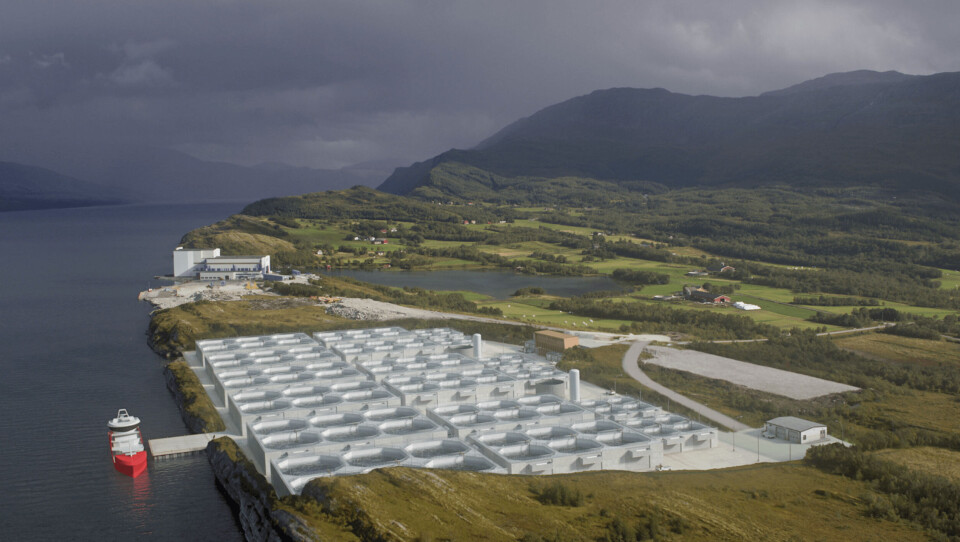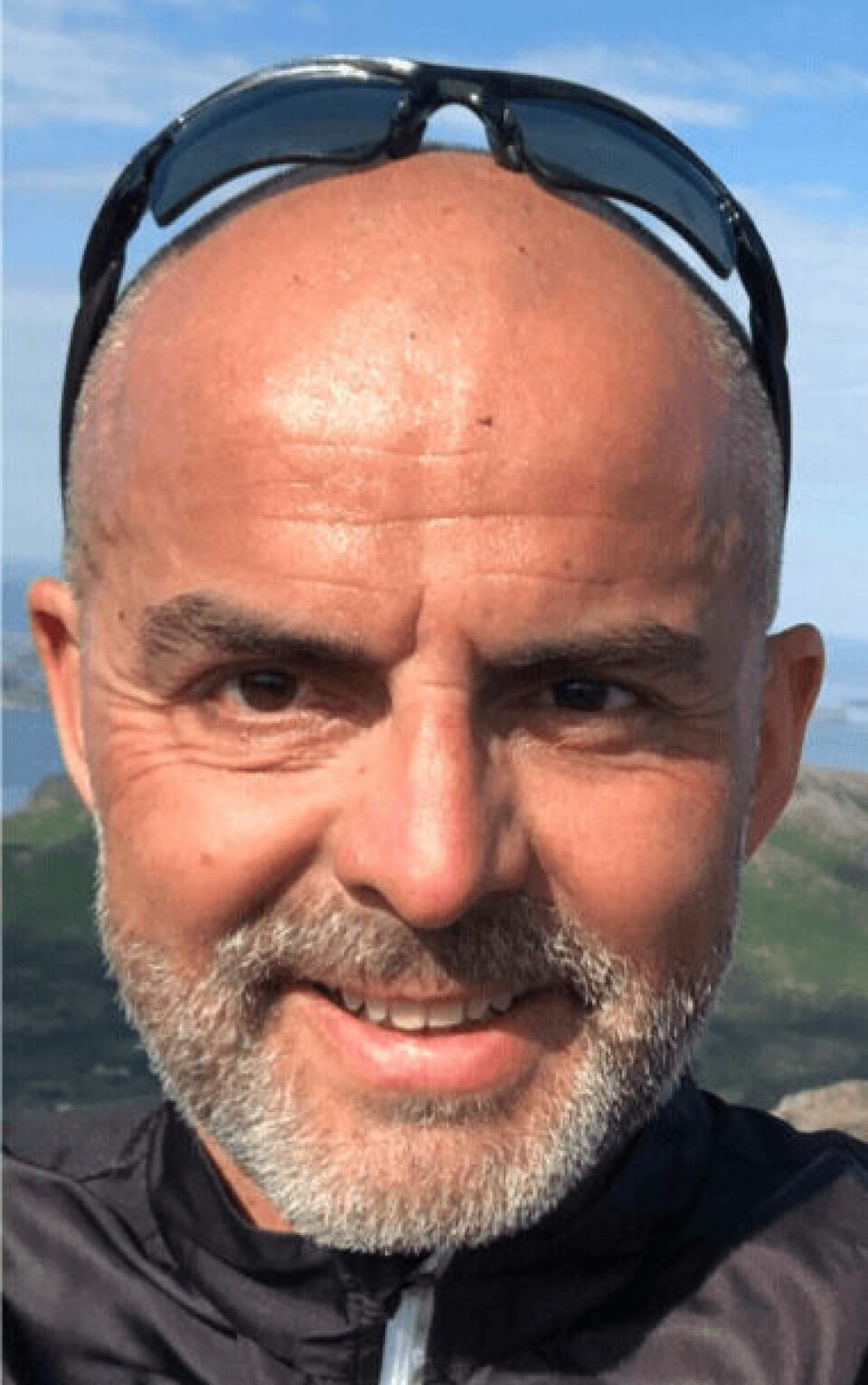
On-land salmon farmer happy to go with the flow
A company planning to produce 15,000 tonnes of salmon in an on-land facility in northern Norway has put its faith firmly in flow-through technology, rather than a recirculating aquaculture system (RAS).
“We believe flow-through is a better, and not least, safer way to produce salmon,” said Carsten Rimer, general manager of Arctic Seafarm, which plans to build a salmon farm on land in Nesna Industrial Park, Langsetvågen, Nordland.
The company is working to secure a permit of approximately 15,000 tonnes. Rimer told Norsk Fiskeoppdrett magazine that the company will build up the facility in three modules, where each module of 5,000 tonnes. The first module is scheduled for completion in early 2023.
“The distribution between post-smolt and food fish has not been 100% clarified, but we have a clear priority that the largest possible share of production should go to food fish,” he said.

Blasting in autumn
If the permit is in place in time, the company plans to start blasting the area during the autumn of 2021.
Arctic Seafarm has a strategic partnership with Kvarøy Fiskeoppdrett AS which means the entire value chain is covered from smolt (Kvarøy Smolt AS), through production / feed, and for sale through Kvarøy Arctic in the United States.
Kvarøy Fiskeoppdrett AS also has a significant ownership interest in the company.
Known methods
Rimer said the company had no doubts about choosing flow-through technology and pointed to the almost 30 years’ experience of Stig Joar Krogli, who is responsible for land-based farming at Kvarøy Fiskeoppdrett AS and is the brain behind the way Arctic Seafarm will produce its fish.
“We base ourselves on the experiences he has gained over the years and basically use known production methods regarding flow-through that we know will also work on a larger scale,” he added.
In addition, Rimer believes that the water quality on the Helgelan coast and specifically the very good current outside Langsetvågen provide very favourable conditions for establishing a flow-through system.
“When the entire plant is developed (15,000 tonnes), we expect a production cost of approximately NOK 38 (£3.22) per kilo, he said.























































